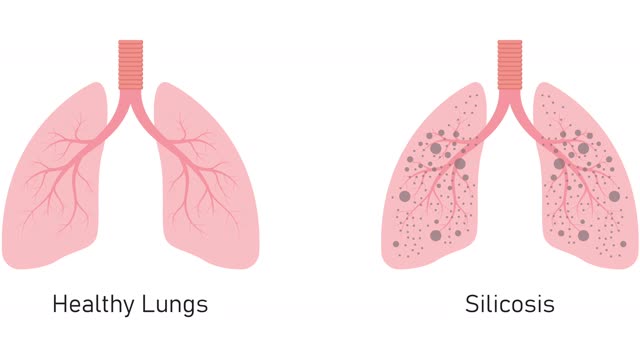


Understanding Silica Dust and Its Risks Silica dust is a fine particulate matter found in materials like concrete, bricks, stone, and sand. Exposure to respirable crystalline silica (RCS) dust can cause serious health issues including silicosis, lung cancer, and chronic obstructive pulmonary disease (COPD).
Identifying At-Risk Workers Workers in industries such as quarrying, construction, foundries, and stone processing are at high risk of exposure to RCS dust.
Implementing Control Measures To protect workers, implement control measures such as using water to suppress dust, physical barriers, and dust collection systems.
Providing Personal Protective Equipment (PPE) Ensure workers are equipped with appropriate PPE, including respirators, overalls, and gloves. Conduct fit testing and provide training on proper use.
Conducting Exposure and Health Monitoring Regularly monitor workplace conditions and workers' health to ensure safety measures are effective. Engage occupational health professionals for accurate assessments.
Training and Education Provide thorough training and supervision to ensure workers understand the risks of silica dust and how to protect themselves.
Safe Handling and Cleanup Implement safe handling practices, such as wet methods for dust suppression and proper disposal of dust waste. Ensure workers clean up properly before leaving the workplace.
